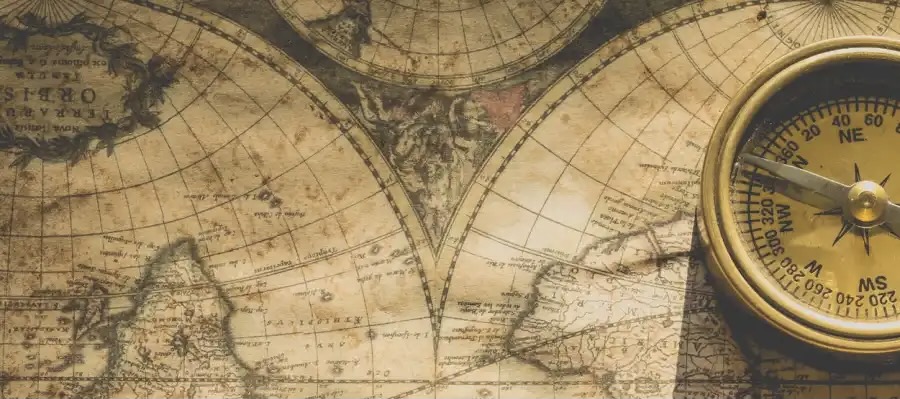Cádiz, founded by the Phoenicians in 1100 BC, is the oldest continuously inhabited city in Spain. Located on the southwestern coast in the region of Andalucia, Cádiz occupies a long narrow peninsula that juts into the Atlantic, providing plentiful sea views and beautiful beaches. Our cruise ship, the ms Rotterdam, arrived in our third port of call at Cádiz around 4:00 in the afternoon. We had reservations for a flamenco show that evening and a tour to Sevilla the following day so we didn’t have a lot of time to explore Cádiz but fortunately, the cruise port is adjacent to the city and it was just a short walk to the historic center.

View of Cádiz from our ship, ms Rotterdam
To save time later, we first checked out the location for our evening flamenco show, a wise decision because we had some difficulty finding La Cava on a narrow cobblestone street.

La Cava, where we had reservations for the flamenco show
I’ve mentioned free walking tours in previous blog posts and Cádiz would have been a good place to have a guide to lead us and tell us about the city. Just google Cádiz free walking tour and you’ll find Panchotours.com. We arrived too late for a tour so we wandered around on our own and saw many of the same sights without the interesting commentary that a guide would provide.
Near the port, we discovered the Cortes Monument erected to commemorate Spain’s first liberal constitution established here in 1812. Cádiz has a long liberal history which is still evident today.

Cortes Monument

One of many narrow streets through Cádiz
When we spied a shop featuring jamón Ibérico, arguably the finest ham in the world which is produced in this area, we knew a stop for tapas including this delicacy was necessary.

Jamón Ibérico

A break for tapas

Jamón Ibérico
Fortified with the ham, cheese, and wine, we soldiered on.

One of many small parks in Câdiz

Interesting architecture found in the narrow lanes of Cádiz

Another park
The Plaza de las Flores (Plaza of Flowers) seemed to be the center of activity.

Plaza de las Flores

Rick and Lori at Plaza de las Flores

Cádiz Cathedral

A peek inside the cathedral
I was intrigued by the banner on City Hall that read, “For a Europe of Open Doors: Borders Kill.” Obviously a liberal reference to the refugee crisis in Europe, my later research uncovered the fact that this banner was raised by an Andalucian human rights organization, APDHA.

City Hall in Cádiz
We returned to the ship for dinner then set off for the flamenco show at La Cava with no trouble finding the taverna this time. Our reserved table was close to the stage and the venue only seats 60-70 patrons so we knew we’d have a great view of the show.

La Cava

La Cava with Lori and Jim at our table on the right

Jim and I with the stage directly behind us
Flamenco is commonly believed to have originated among gypsies, or gitanos, in Andalucia although a lack of documentation older than 200 years makes the origin difficult to substantiate. I, like most foreigners, believed that flamenco was a dance but it is actually composed of 4 elements, cante (song), baile (dance), toque (playing guitar), and jaleo (cheering and clapping). The show we experienced at La Cava exhibited each of these characteristics in a stirring authentic performance. The performers began with guitar and vocalizations followed by the dancers accompanied by clapping and cheering throughout the performance.

Our performers: 3 dancers, the vocalist, and guitarist

Flamenco dancer at La Cava

Another flamenco dancer at La Cava

Third and final flamenco dancer at La Cava
Videotaping was forbidden but I found this video on YouTube recorded at La Cava that includes the vocalist and one of the dancers we saw. Enjoy!
Based on events from April 2016.





























